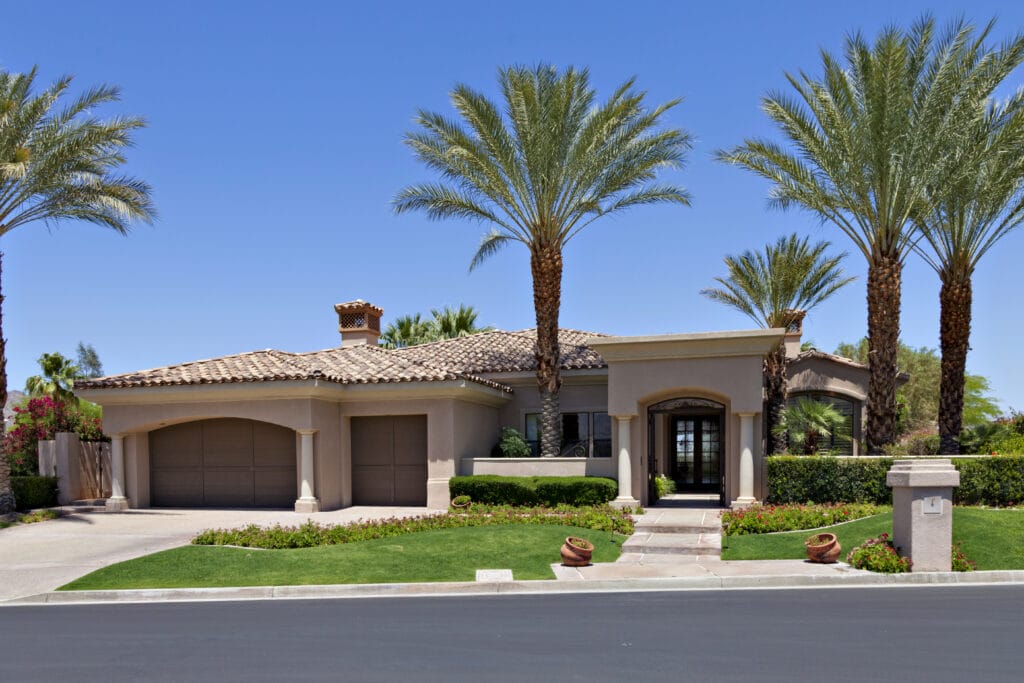
When it comes to house hunting, a common dilemma many face is choosing between new construction homes and older, existing homes. Each option comes with its unique set of advantages and drawbacks. Let’s dive into the pros and cons of both to help you make an informed decision.
New Construction Homes: The Modern Choice
Pros:
Cons:
Older Homes: A Dive into History & Character
Pros:
Cons:
Conclusion
Choosing between new construction and an older home ultimately boils down to personal preferences, priorities, and lifestyle needs. Some buyers are drawn to the blank canvas of a new build, while others find allure in the quirks and stories of a vintage home. Regardless of which route you take, ensure you’re well-informed and prepared for the unique responsibilities each home type brings.


